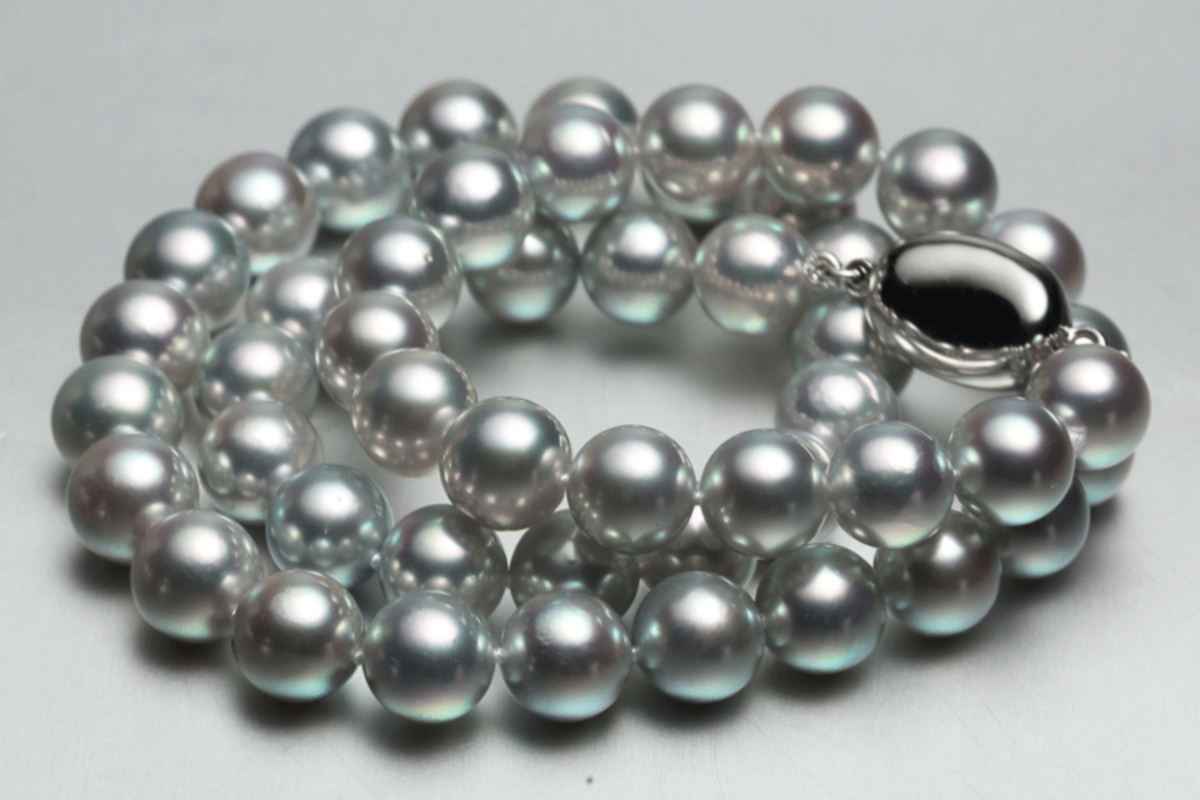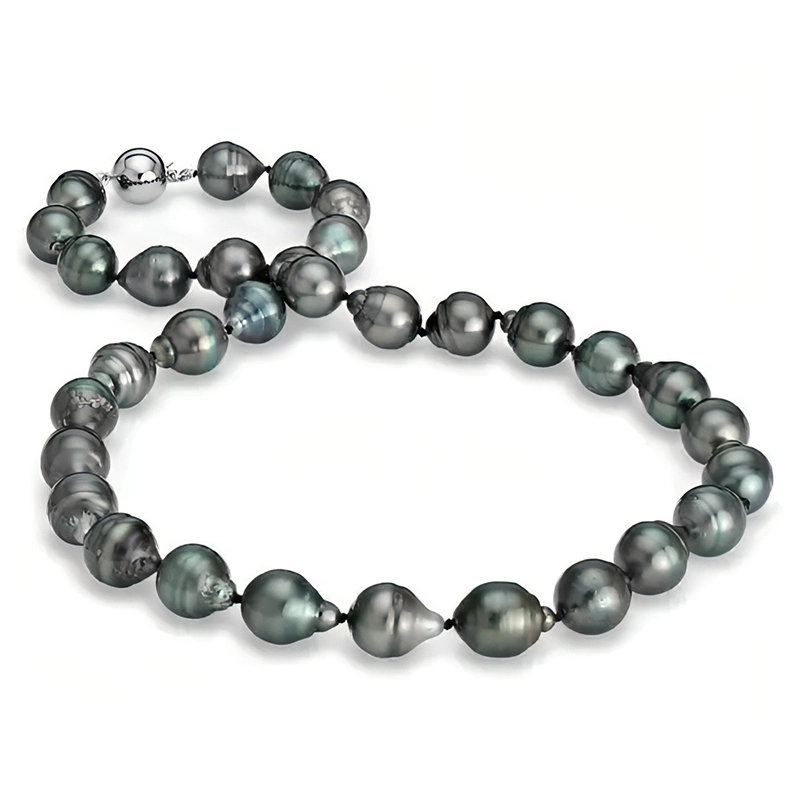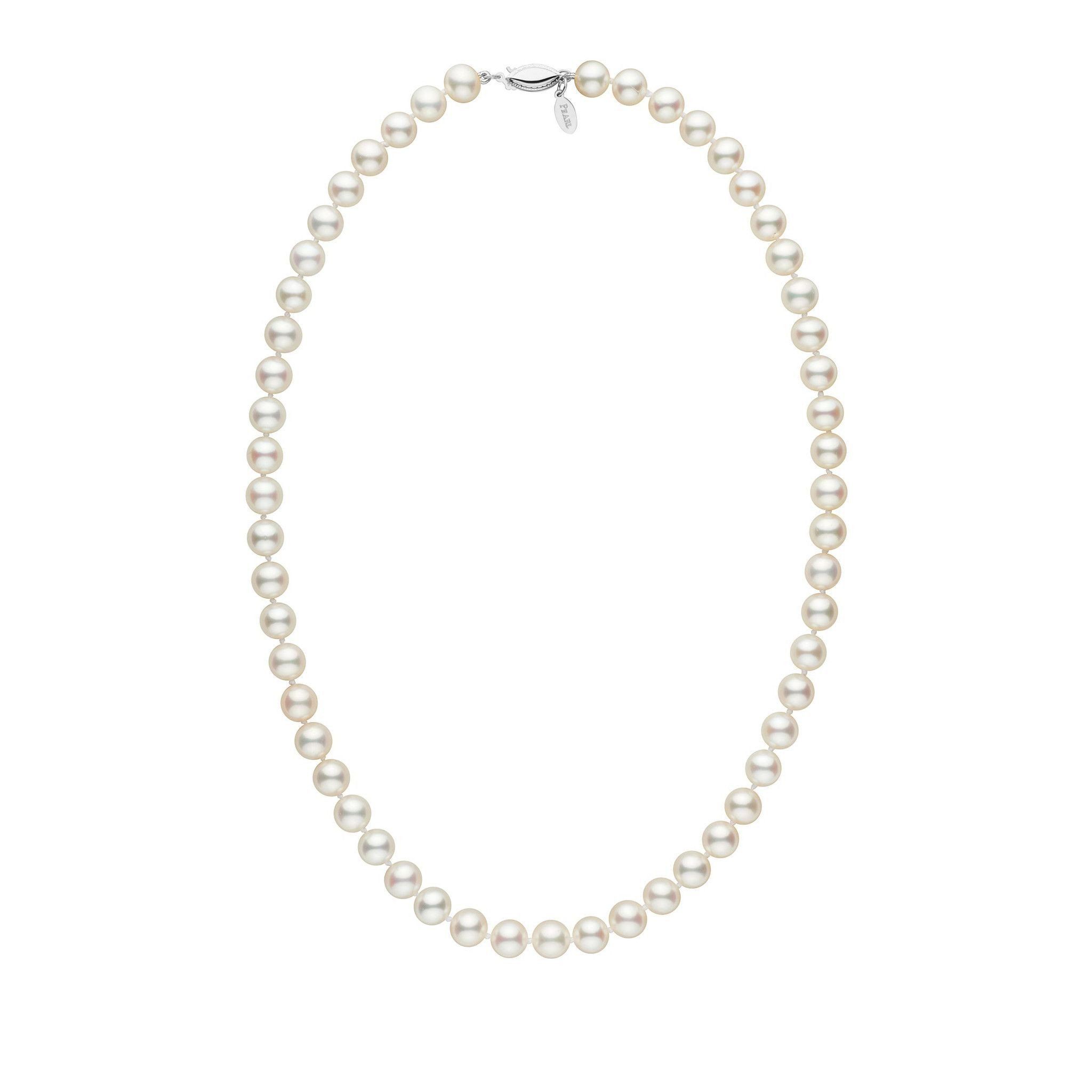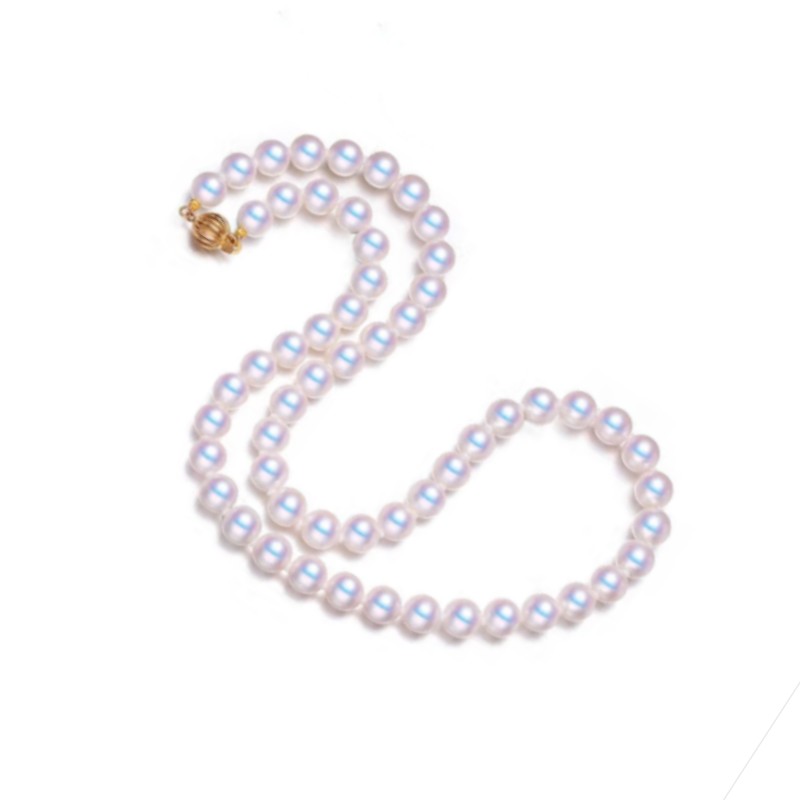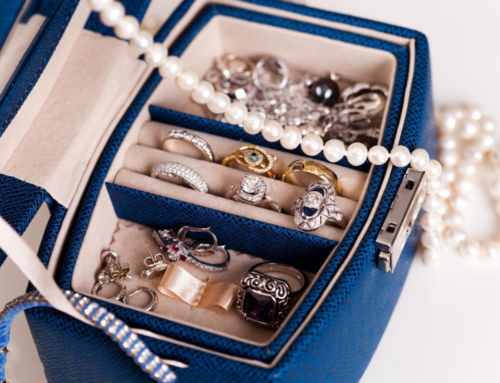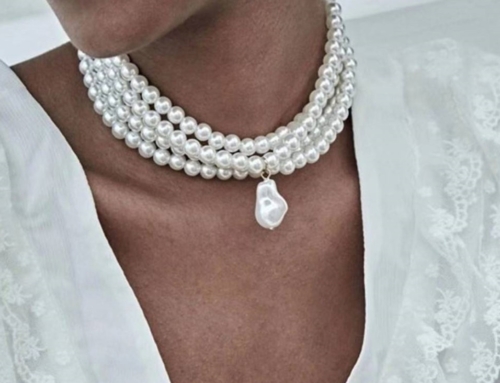Unraveling the Mystery: How Much Is a Pearl Necklace?
Pearl necklaces have been a symbol of elegance and sophistication for centuries. They are often passed down as family heirlooms or given as gifts to mark special occasions. However, the cost of a pearl necklace can vary greatly and is dependent on several factors. In this article, we will explore the different types of pearls, quality standards, and grading systems that impact the price of a pearl necklace.
Pearls are formed when an irritant, such as a grain of sand, enters an oyster or mollusk. The oyster or mollusk will then secrete a substance called nacre to coat the irritant, forming a pearl. Natural pearls are rare and expensive, as they are formed by chance. However, most pearls used in jewelry today are cultured pearls, which are created by intentionally inserting an irritant into the oyster or mollusk.
Pearl necklaces are made by stringing together individual pearls, which can vary in size, shape, color, and quality. The value of a pearl necklace is determined by a combination of these factors, as well as the type of pearl used.
Factors that Affect the Cost of a Pearl Necklace
The cost of a pearl necklace can range from a few hundred dollars to tens of thousands of dollars. Several factors can impact the price, including:
Type of Pearl
There are several types of pearls used in jewelry, including freshwater, Akoya, Tahitian, and South Sea pearls. Each type has its unique characteristics that impact its value.
Freshwater pearls are the most affordable type of pearl and are often used in fashion jewelry. They are typically smaller in size and have a less consistent shape and color.
Akoya pearls are a classic choice for pearl necklaces and are known for their round shape and high luster. They are more expensive than freshwater pearls but are still considered affordable.
Tahitian pearls are larger and have a dark, exotic color. They are more expensive than Akoya pearls and are considered luxury items.
South Sea pearls are the rarest and most expensive type of pearl. They are also the largest, with sizes ranging from 8mm to 20mm.
Size of Pearl
The size of the pearl is another factor that impacts its value. Larger pearls are rare and therefore more valuable.
Shape of Pearl
The shape of the pearl can also impact its value. Round pearls are the most sought-after shape and are considered the most valuable. However, pearls can also be oval, teardrop, or irregular in shape.
Color of Pearl
The color of the pearl can vary greatly, from white to black and everything in between. Some pearls have a natural iridescence, while others have a more uniform color. The rarity of the color can impact the value of the pearl.
Types of Pearls and Their Pricing
As mentioned earlier, there are several types of pearls used in jewelry. Below is a breakdown of each type and their pricing:
Freshwater Pearls
Freshwater pearls are the most affordable type of pearl, with prices ranging from $50 to $2,000. They are grown in freshwater lakes and rivers and are often used in fashion jewelry.
Akoya Pearls
Akoya pearls are the classic choice for pearl necklaces and are known for their high luster and round shape. Prices for Akoya pearls range from $1000 to $10,000.
Tahitian Pearls
Tahitian pearls are larger and have a dark, exotic color. They are more expensive than Akoya pearls, with prices ranging from $100 to $25,000.
South Sea Pearls
South Sea pearls are the rarest and most expensive type of pearl. They are also the largest, with sizes ranging from 8mm to 20mm. Prices for South Sea pearls can range from $1,000 to $100,000 or more.
Quality Standards for Pearls
To ensure that pearls are of high quality and value, several quality standards are used to grade them. These include:
Lustre
Lustre refers to the way that light reflects off the surface of the pearl. High-quality pearls will have a bright, reflective luster.
Surface
The surface of the pearl should be smooth and free of blemishes.
Shape
Round pearls are the most valuable shape, but pearls can also be oval or irregular in shape.
Color
The color of the pearl should be consistent and even throughout.
Size
Larger pearls are rare and therefore more valuable.
Comparison of Freshwater, Akoya, and South Sea Pearls
To help you determine which type of pearl is right for you, below is a comparison of freshwater, Akoya, and South Sea pearls:
Freshwater Pearls
- Most affordable type of pearl
- Smaller in size
- Less consistent shape and color
- Often used in fashion jewelry
Akoya Pearls
- Classic choice for pearl necklaces
- High luster and round shape
- More expensive than freshwater pearls
- Considered affordable
South Sea Pearls
- Rarest and most expensive type of pearl
- Largest
- Highly valued for their luster and color
- Considered a luxury item
How to Determine the Value of a Pearl Necklace
To determine the value of a pearl necklace, you should consider the following factors:
Type of Pearl
As discussed earlier, the type of pearl used in the necklace will impact its value.
Size of Pearl
Larger pearls are rare and therefore more valuable.
Shape of Pearl
Round pearls are the most valuable shape, but pearls can also be oval or irregular in shape.
Color of Pearl
The rarity of the color can impact the value of the pearl.
Quality of Pearl
The quality of the pearl will impact its value. Pearls that are smooth, consistent in color, and have a bright luster are more valuable.
Understanding Pearl Grading
Pearls are graded based on their quality, with AAA being the highest grade and A being the lowest grade.
AAAA
AAAA-grade pearls are of the highest quality, with a bright luster, smooth surface, and consistent shape and color.
AA
AA-grade pearls are of good quality but may have slight blemishes or inconsistencies in shape or color.
A
Grade pearls are of lower quality, with noticeable blemishes and inconsistencies in shape or color.
Care and Maintenance of Pearl Necklaces
To keep your pearl necklace looking its best, there are several care and maintenance tips to keep in mind:
Avoid Chemicals
Pearls are sensitive to chemicals, so avoid exposing them to perfume, hairspray, or other chemicals.
Store Properly
Store your pearl necklace in a soft, lined jewelry box or pouch to protect it from scratches and other damage.
Clean Gently
Clean your pearl necklace with a soft cloth and mild soap and water. Avoid using harsh chemicals or abrasives.
Conclusion
In conclusion, the cost of a pearl necklace is dependent on several factors, including the type of pearl, size, shape, color, and quality. Understanding these factors and how they impact the value of a pearl necklace can help you make an informed decision when purchasing one. Whether you opt for a classic Akoya pearl necklace or a luxurious South Sea pearl necklace, you can be sure that it will be a timeless and elegant addition to your jewelry collection.
CTA:
Looking to add a pearl necklace to your collection? Browse our selection of high-quality pearl necklaces today.
Original price was: $2,599.00.$2,299.00Current price is: $2,299.00.
12% Off
Original price was: $2,199.00.$1,899.00Current price is: $1,899.00.
14% Off
Original price was: $1,599.00.$1,299.00Current price is: $1,299.00.
19% Off
Original price was: $1,099.00.$899.00Current price is: $899.00.
18% Off

